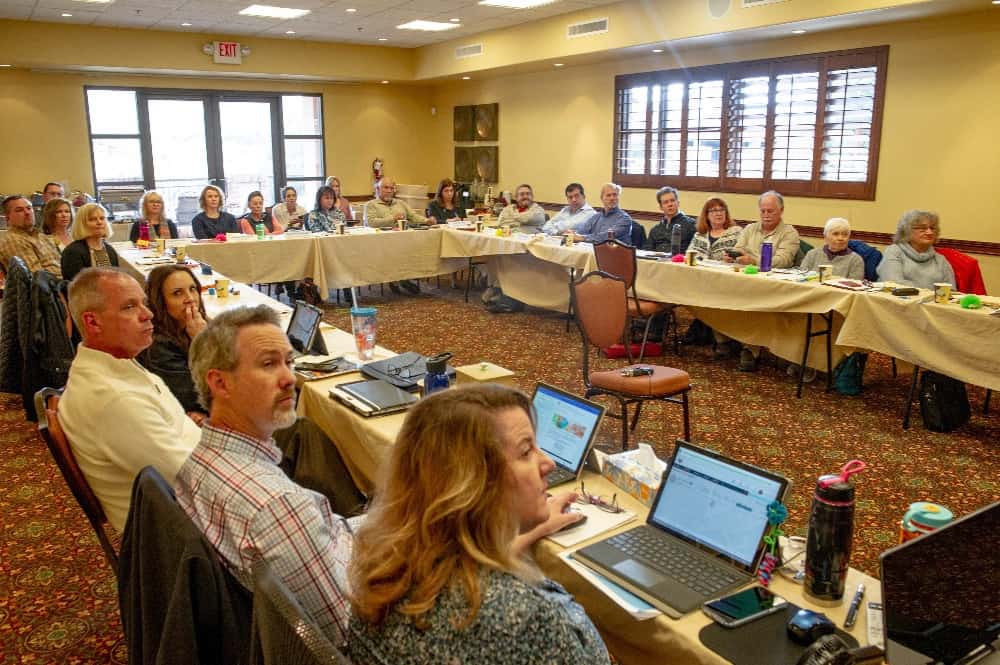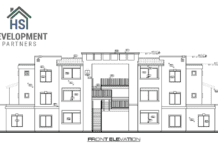The joint meeting between the Sedona Chamber of Commerce Board of Directors and Sedona City Council ended without much change in the coming budget year.
The news item of note from that meeting is that council will not seek a Request for Proposals, or RFP, to get bids from other destination marketing agencies to see if they could do the chamber’s marketing efforts better at lower cost.
An RFP would merely reinforce what the data proves and what city and chamber leaders already know both know to be true: A third-party marketing firm from outside the Verde Valley — there aren’t that many big-scale marketing firms here — would not have the reach nor resources to do what the chamber can, considering its staff lives in Sedona and surrounding communities, already knows the needs and wants of chamber membership, the requirements of our community and our businesses and can market what our businesses offer to outside visitors.
The chamber also has an army of community-minded volunteers; Sedona residents who can assist tourists coming here or already in town find what they’re looking for while visiting our city. The firms that have been contacted in the past have told the city over the years that they cannot do what the chamber does at the low cost the chamber can do it at.
In a similar case a few years back, the Arizona Newspapers Association briefly merged the state’s professional newspapers with the state’s three university newspapers in the annual awards contests categories. While a school newspaper may have a moderate circulation of 10,000 to 15,000 papers, they can have four times the staff of a for-profit professional small-town newspaper by having scores of unpaid students writing news stories and taking photos.
While professional and college papers produced similar products, the unpaid volunteers offered a huge financial advantage as they had more resources to use.
And so it is with outside for-profit firms trying to produce what a 501(c)(6) nonprofit organization based in a community can do with the volunteer resources it can muster.
Certainly, double-checking to confirm this from time to time via a public process proves city leaders are performing their due diligence as our elected leadership. The chamber welcomes the chance to prove its worth via a RFP and one tells that Sedona City Council is being careful with our tax dollars, but verifying what the data already shows merely for the optics is a waste of taxpayer resources and dollars and that, in the end, doesn’t actually serve the public good.
Still, I know our senior reporter Ron Eland is relieved. After the six-hour city-chamber meeting on Wednesday, the eight-hour Yavapai County Planning and Zoning meeting with seven hours dedicated to El Rojo Grande rezoning on Thursday, and a Friday meeting about the proposed Hilton Garden Inn Hotel at Jacks Canyon Road in the Village of Oak Creek, Eland was not looking forward to another series of meetings in the months ahead about a RFP he would be obligated to cover as our city reporter but one that would ultimately just reinforce what city and chamber leaders, city staff and most residents already know.
Most Sedona businesses and their employees are also relieved to know the city likely won’t ask the chamber to cut marketing efforts in the Phoenix and Tucson markets during the slower tourist season. The experiment last summer of cutting marketing to these areas drastically cut down the number of daytrippers and resulted in sales dropping to levels not seen since the Great Recession of 2008. Businesses do not need another self-inflicted wound to prove a point about how marketing affects traffic. They and their employees rely on daytrippers in the summer and winter to pay their rent.
Cutting marketing only addresses the symptoms of traffic, it does not relieve the systemic traffic problems Sedona has: No alternate routes, neighborhood peninsulas with no connections to adjacent neighborhoods, chokepoints at the roundabouts, delays from pedestrians crossing near Tlaquepaque, few parking alternatives in Uptown, a two-lane State Route 179 and a traffic pattern that funnels all cars to State Routes 89A and 179 no matter where in the city they’re headed.
If city leaders addressed these systemic traffic problems head-on, discussions about tourism numbers would evaporate.
Christopher Fox Graham
Managing Editor





















